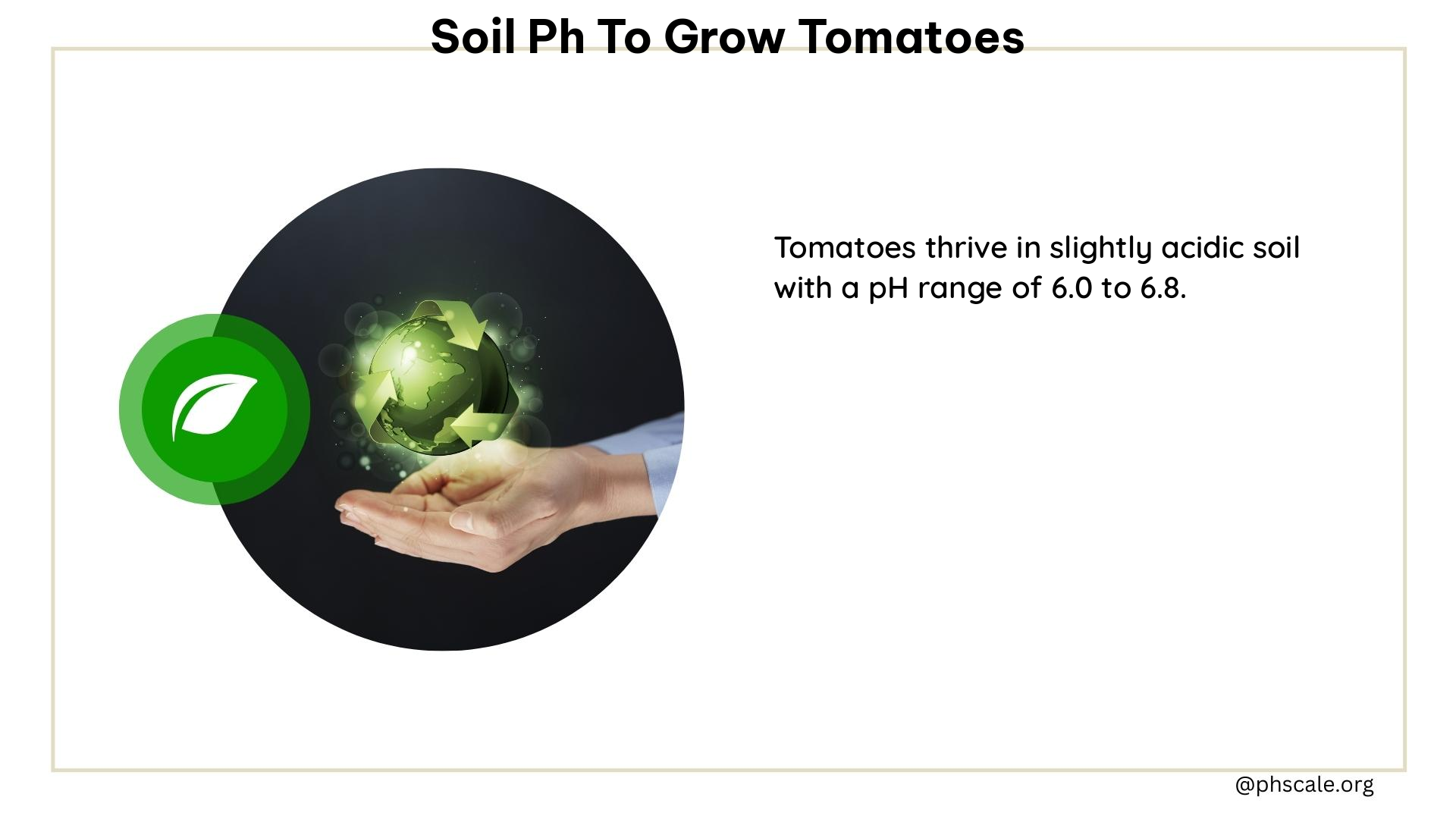To grow lush, bountiful tomatoes, the soil pH is a crucial factor to consider. Tomatoes thrive in a slightly acidic to neutral soil pH range, typically between 6.2 and 6.8. This optimal pH range ensures that essential nutrients are readily available for the plants, leading to robust growth and abundant fruit production.
Understanding Soil pH
Soil pH is a measure of the acidity or alkalinity of the soil, ranging from 0 to 14, with 7 being neutral. Anything below 7 is considered acidic, while values above 7 are alkaline. Tomatoes prefer a slightly acidic soil, as this pH range allows for the optimal absorption of essential nutrients such as nitrogen, phosphorus, and potassium.
Measuring Soil pH

To determine the pH of your soil, you can use a reliable soil pH meter or send a soil sample to a local laboratory for analysis. DIY pH test kits can provide a rough estimate, but professional testing offers more accurate results. Knowing the exact pH of your soil is crucial for making informed decisions about any necessary adjustments.
Adjusting Soil pH
If your soil pH is not within the ideal range for tomatoes, you can take steps to adjust it. To lower the pH and make the soil more acidic, you can incorporate elemental sulfur, aluminum sulfate, or sulfuric acid into the soil. For a more natural approach, adding peat moss or decaying organic matter like oak leaves can also help lower the pH.
Conversely, if your soil is too acidic, you can raise the pH by adding lime, which contains calcium carbonate. This will help neutralize the acidity and make the soil more alkaline.
Fertilization and Nutrient Availability
Soil pH not only affects the overall health of your tomato plants but also influences the availability of essential nutrients. At the ideal pH range of 6.2 to 6.8, nutrients like phosphorus, iron, and zinc are more readily available for the plants to absorb and utilize.
When applying fertilizers, it’s important to choose a balanced formula (such as 10-10-10) and follow the recommended application rates. Avoid over-fertilizing, as this can lead to excessive vegetative growth at the expense of fruit production.
Watering and Mulching
Proper watering is crucial for tomato plants, as they require about 1 to 2 inches of water per week. Water thoroughly once or twice a week, rather than frequent light sprinklings, to ensure the soil remains consistently moist but not waterlogged.
Mulching around the base of the plants can also help conserve soil moisture, reduce weed growth, and prevent soil compaction, which can impact nutrient uptake.
Harvesting and Enjoying
When the tomatoes are fully ripened on the vine, they will be at their peak flavor and quality. Harvest them regularly to encourage continued fruit production and enjoy the fruits of your labor.
By maintaining the optimal soil pH and following these best practices, you can create the perfect growing conditions for your tomato plants, leading to a bountiful harvest and delicious, homegrown tomatoes.
